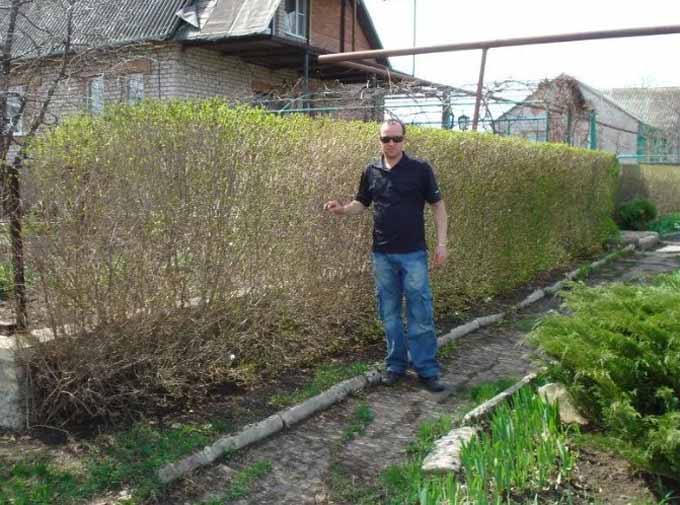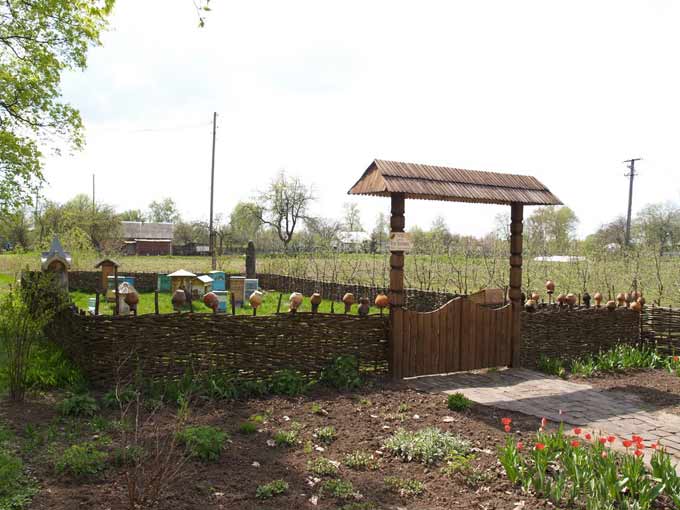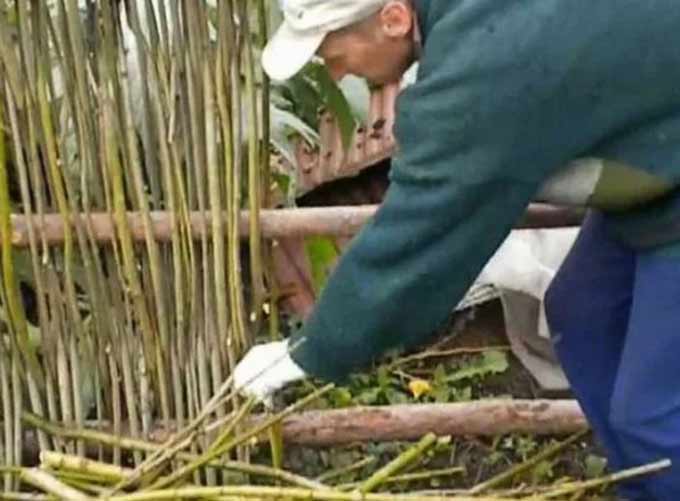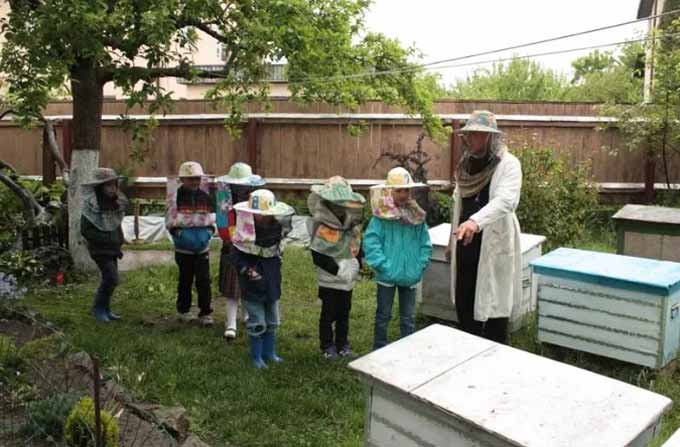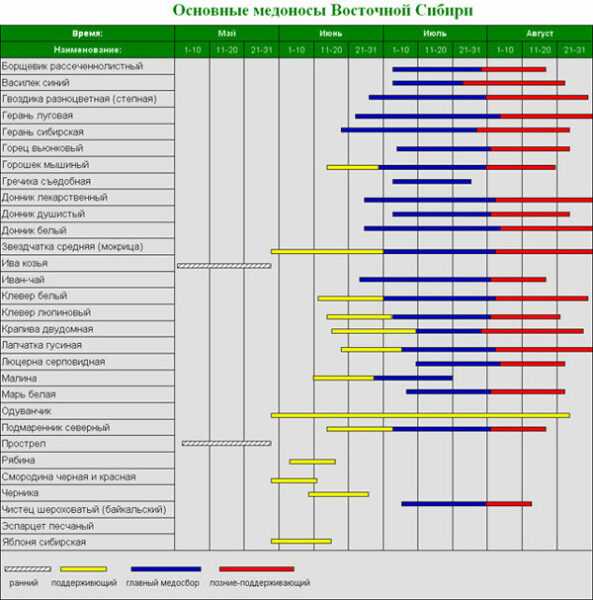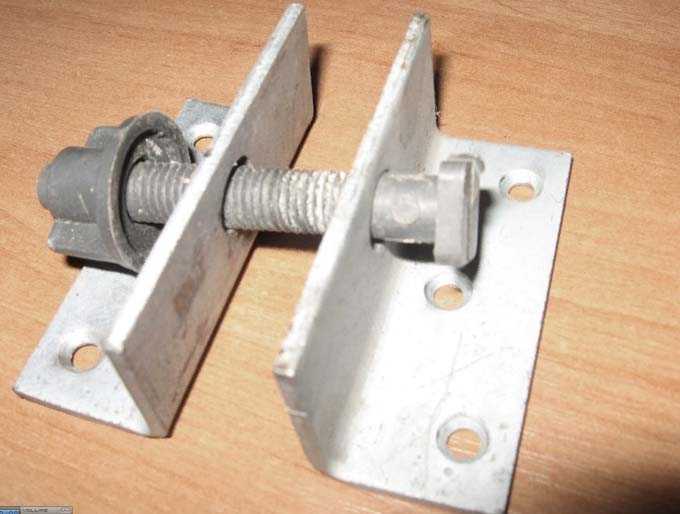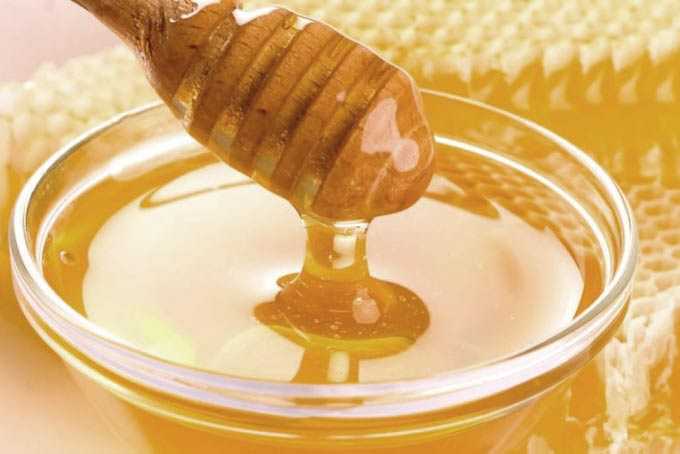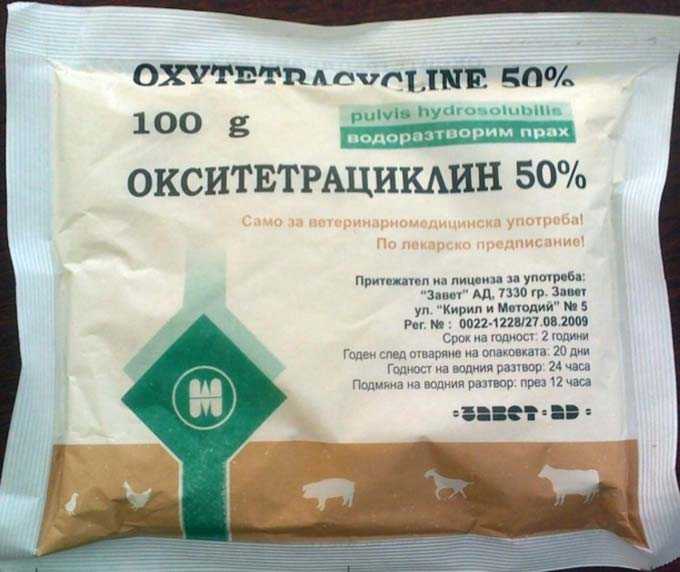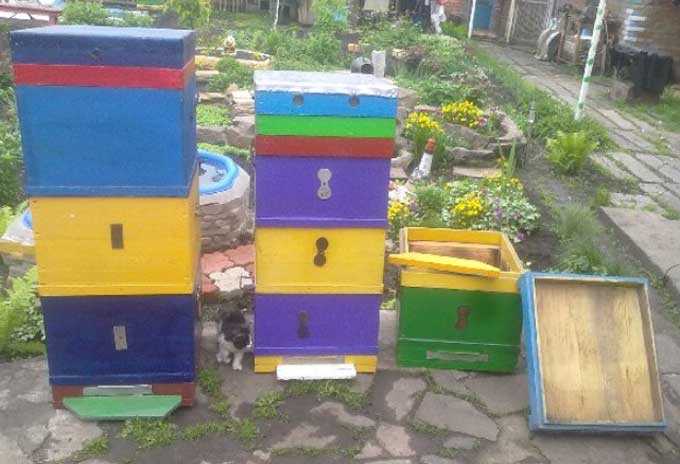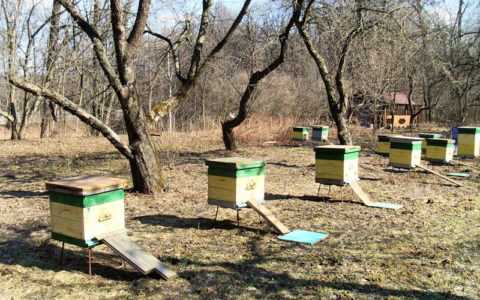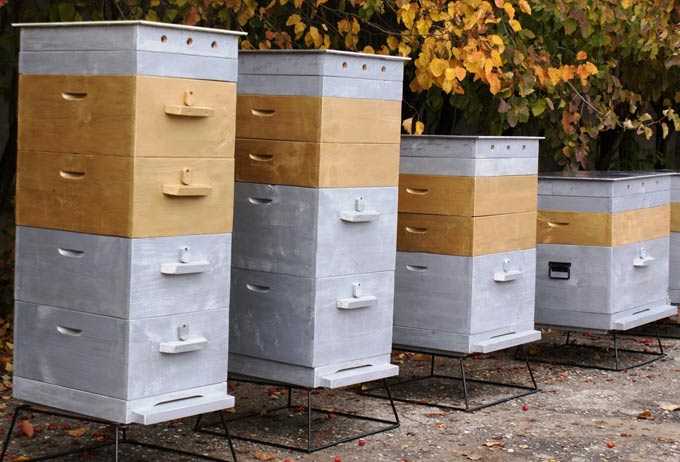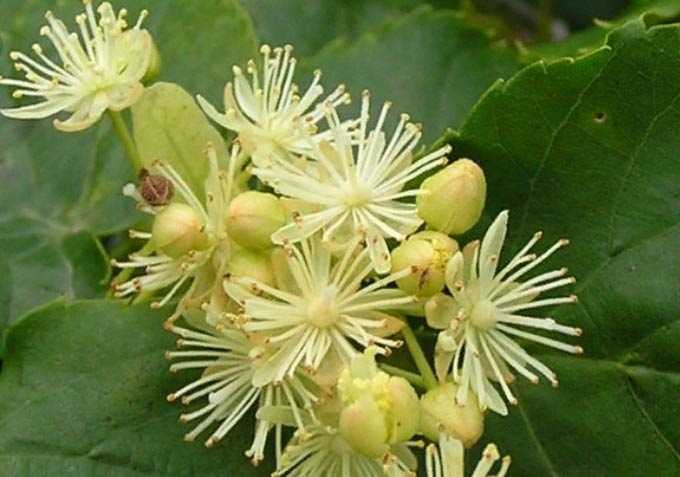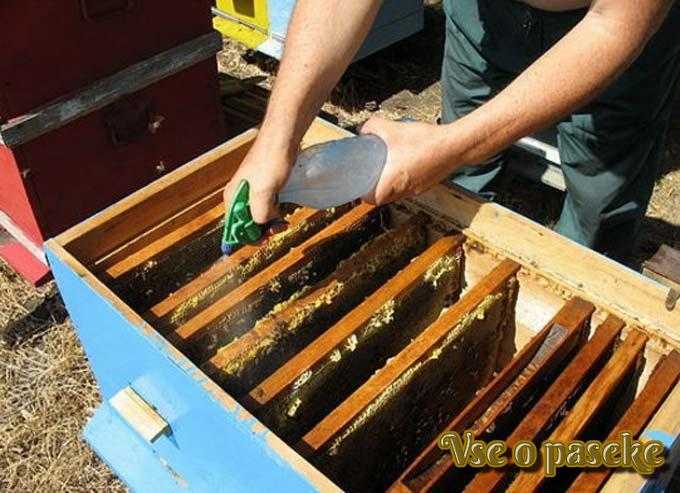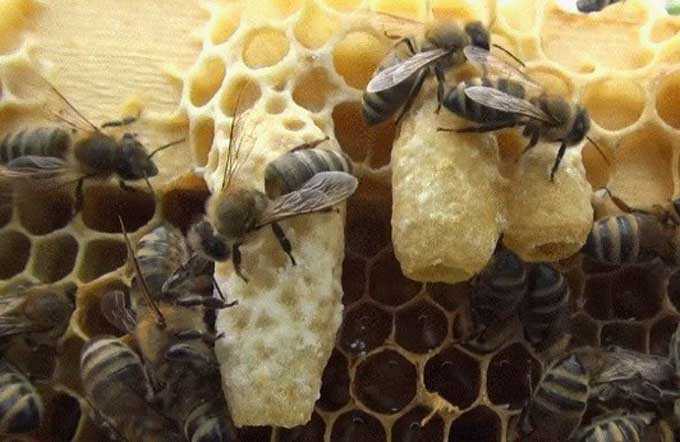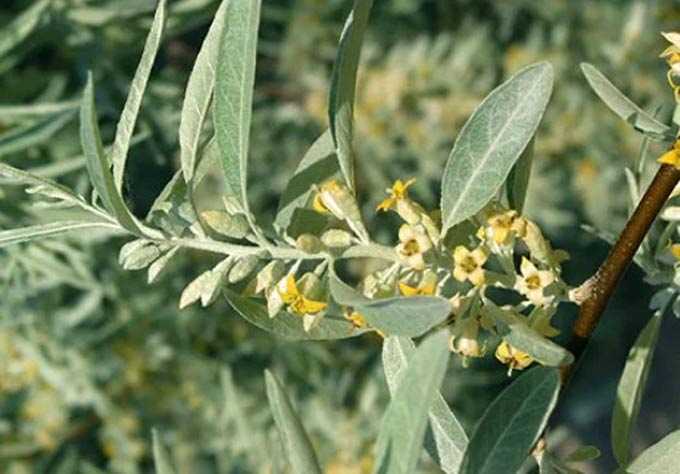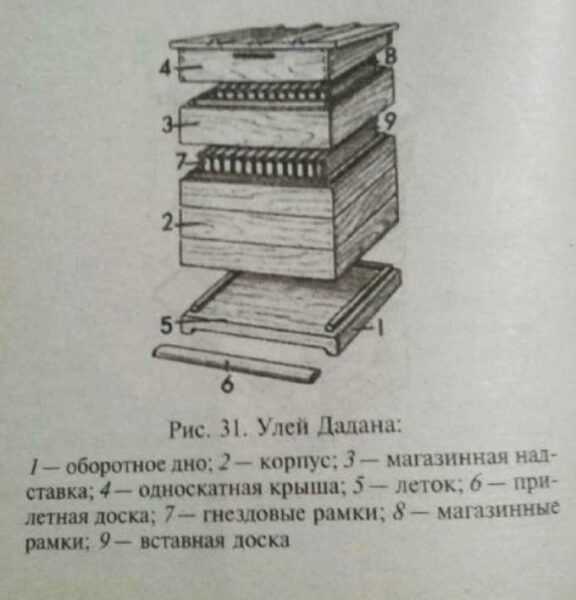A maximum of half a page is devoted to protecting private apiaries from the invasion of animals and other unwanted visitors in various reputable guides on beekeeping. Meanwhile, the fence is an important factor that directly affects the relationship with the closest neighbors in the country or gardening partnership. Therefore, the arrangement of the apiary will not do without the construction of a suitable fence.
The content of the article
- 1 Законодательство
- 2 So what are fences for?
- 3 What are the fences
Законодательство
It should be noted that the legal requirements for an apiary may differ from region to region. For example, in Russia, in addition to Federal Law No. 112 concerning personal subsidiary plots, and the Federal Law “On Beekeeping”, local regulations will also have to be taken into account.
Each constituent entity of the Russian Federation has its own urban planning regulations. In which the rules of planning and development of both urban districts and rural settlements, where private apiaries are most often located, are described in detail. These rules necessarily indicate the requirements for the installation of hives.
It is recommended that the point is separated from the boundaries of the land plot by at least 10 meters, and it was fenced with a dense two-meter fence or a dense hedge.
At the same time, there are cases when neighbors in a summer cottage made demands on a high fence. In the rules of gardening partnerships there is a clause about the absence of fences on the boundary, since they create a shadow for the plants cultivated on the site.
Simply put, someone may not like the fact that his favorite garden is forced to be in the shade due to the high fence around the nearest apiary. In such cases, you will have to listen to the neighbors’ requirements, because they are justified – it is difficult to distribute the beds on the 6-10 acres of land allocated by the partnership. No one wants a part of the garden not to produce the expected harvest.
What to do in such cases? The legislation of the Russian Federation does not contain a ban on the maintenance of honey bees – they can be bred on any personal plot, including garden associations. Consequently, the beekeeper and his neighbors have equal rights.
If the fence is built at the request of the administration of the partnership, the beekeeper is automatically cleared of charges of abuse of his right – that is, he is not guilty of erecting this structure to harm a neighbor.
An alternative to a high, dense fence is a hedge or hive stands (for example, keeping bees in the attic of a barn can solve the problem). And if the nearest hives are separated from the border by 10 meters, according to the requirements of the law “On beekeeping”, you can do without a dense fence at all – and install, for example, a net.
So what are fences for?
The bees perfectly see the obstacle in the form of a net and rise above such a fence. Therefore, accidental collision with humans or pets is excluded. The same thing happens when using deaf structures made of boards – insects fly around the obstacle and lay an airway higher than human height.
But there is a special meaning in the choice of materials for the fence! After all, the primary task of any hedge is not to protect neighbors from bites. A bee can overtake a person working in a vegetable garden and garden, even if the apiary is tightly fenced.
Many factors irritate insects: noise, odors, strong winds, and the absence of a natural bribe in nature. Therefore, the main purpose of the construction of any fence is to protect the bees themselves.
The mesh does not protect well against the listed sources of irritation. But a high and dense fence, on the contrary, soothes insects, since extraneous sounds and smells are worse heard before them.
However, the aggressiveness of bees is largely due to the actions of the beekeeper. If he incorrectly conducts examinations and in some other way violates the rules of detention, even a three-meter fence will not save him from being bitten by neighbors!
What are the fences
As mentioned above, apiary fences are of two types:
- the actual classic fences;
- hedges from plants.
For stationary apiaries, thorny and dense shrubs are well suited, serving not only as a fence, but also as honey plants. Planting plants will cost much less for apiary owners. In addition, a plant fence is much more rational than building an expensive and short-lived fence.
As a hedge, you can use: hawthorn (some of its types), paliurus, maklure, gooseberry, sea buckthorn, dog rose, blackthorn, wrinkled rose, griffin tree.
A fence for a portable apiary is enclosed with a temporary fence. Such a fence is assembled from separate shields. Alternatively, from scrap materials like sheaves of corn, cut branches.
A permanent fence for stationary keeping of bees is assembled from boards, between which gaps of 2-3 cm are left.
Note: It is not necessary to make a solid fence around the entire perimeter! Such a fence deprives the apiary of the natural wind – in the summer it is stuffy to work at the point, and the bees are uncomfortable. In addition, the blind structure is easily broken by very strong winds due to its high altitude. If storms are frequent in the region, it is worth seriously considering whether it is worth fencing tightly at all.
An exception to the rule is the north side or the side of the prevailing winds in the region. Here the boards are fitted almost closely (a gap of a few millimeters).
Scheme of work:
- Pillars made of solid wood (white acacia, oak) are being prepared and installed. You can put reinforced concrete supports. The height of this element reaches 1,5-2 meters, and the diameter must be at least 10 centimeters.
- Pillars from other wood species must first be wrapped with a piece of roofing felt (roofing felts). The lower part, which will be deepened into the ground, is depressed to black. This treatment will delay premature decay.
- Crossbeams are attached to the posts, onto which prepared boards are stuffed. After which the fence is painted.
Note: The optimal height of the fence in the apiary is from 2 to 2,5 meters. Many reference manuals for beekeepers speak about this. In federal law, there is a requirement for a mandatory height of 2 meters.
